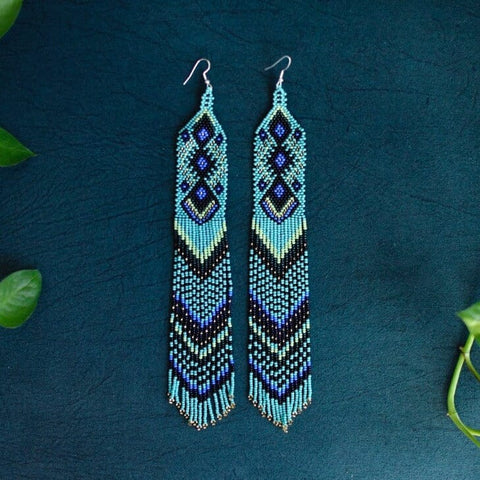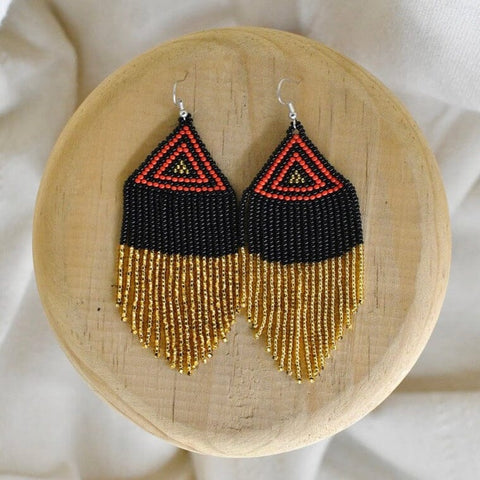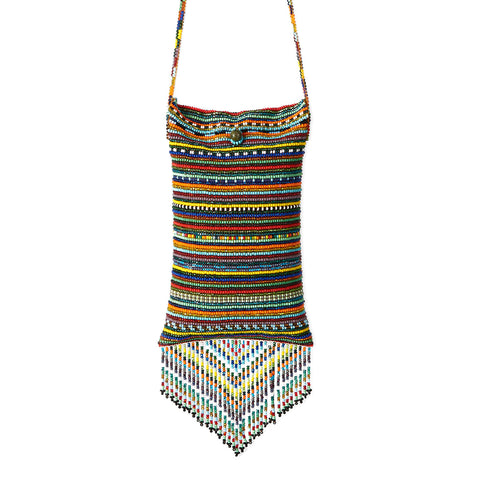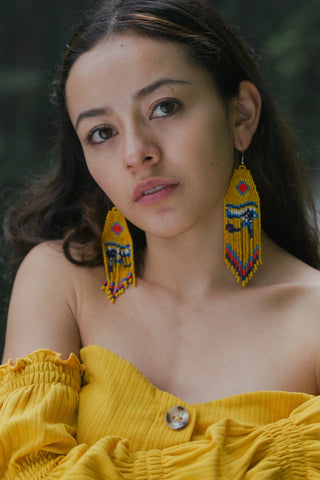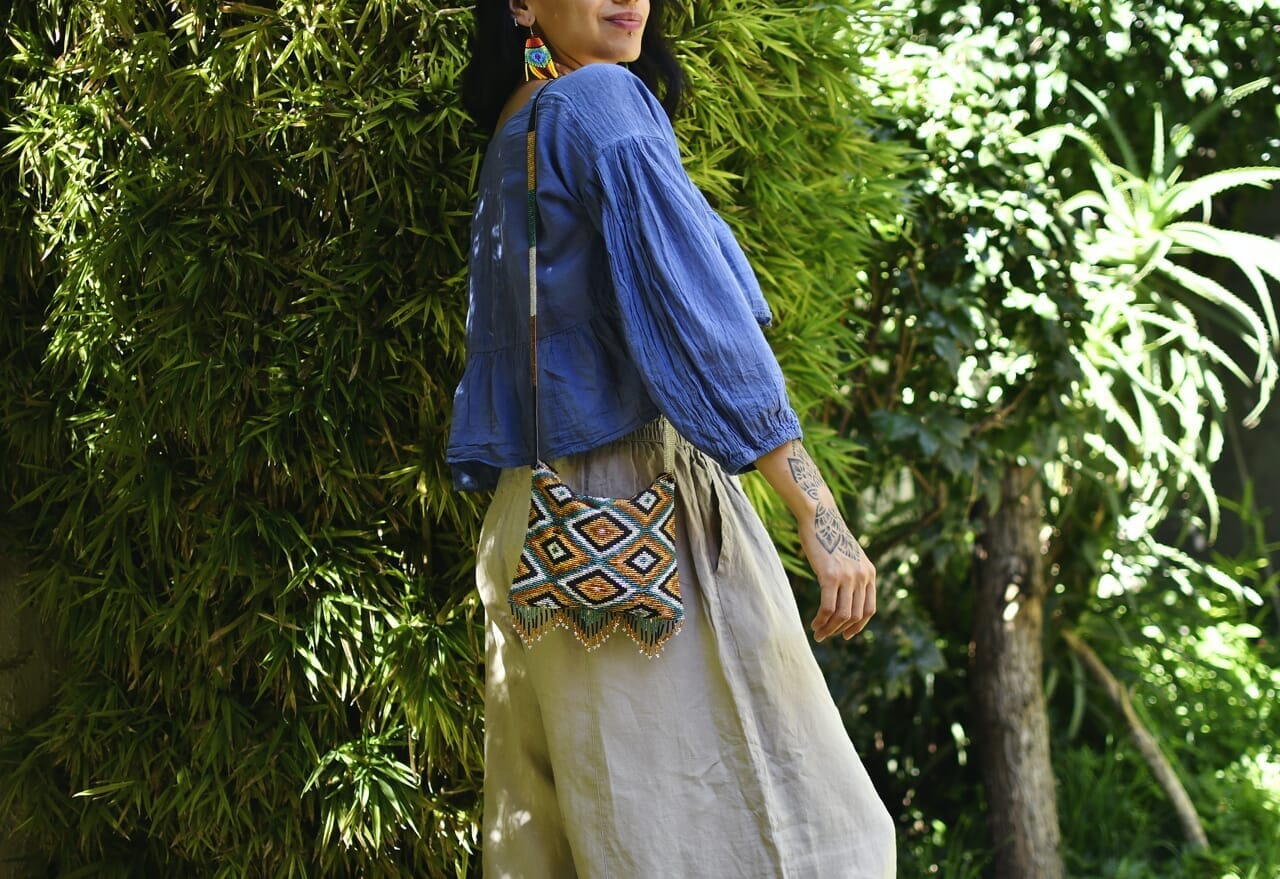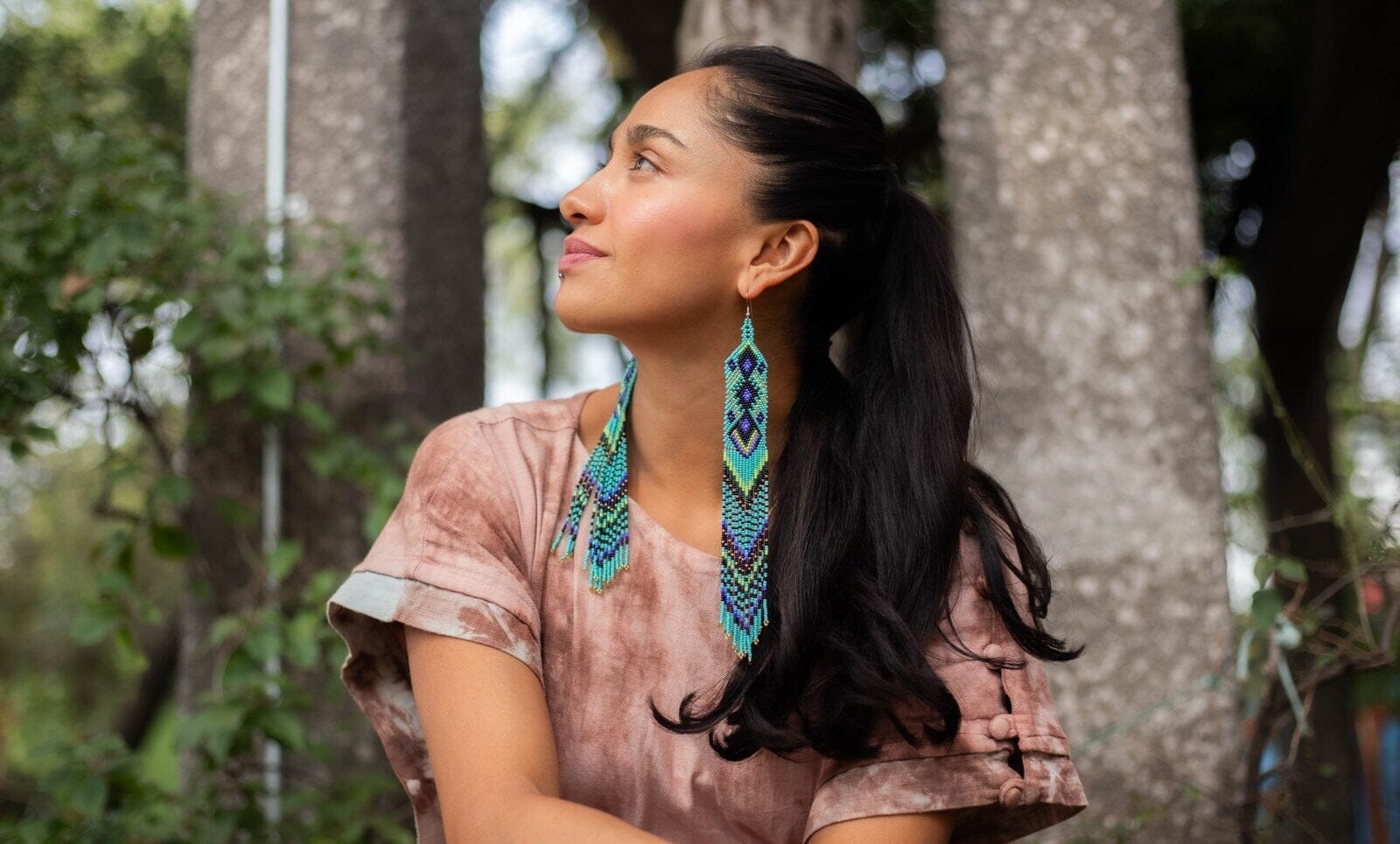
Ancient Artistry: A Journey Through Indigenous Beadwork History
Imagine a world where vibrant colors come alive and intricate patterns tell stories of ancient cultures. Indigenous beadwork isn't merely decorative—it's a mesmerizing journey through art, where history breathes, creativity flourishes, and the spirit of community binds everything together. Embark on an enchanting exploration of this timeless tradition with us, as we uncover its roots, celebrate its diverse techniques, and witness its profound influence on communities across the globe.
Exploring the Roots: The Origin of Indigenous Beading
The story of indigenous beading unfolds through the innovative use of natural materials, showcasing the artistry and adaptability of its practitioners. Initially, artisans utilized what was readily available in their environment:
- Bones and Shells: Used for their durability and natural beauty, offering a direct connection to the earth and sea.
- Stones and Wood: Selected for their varied textures and colors, providing a palette for creativity.
Over time, the evolution of beading techniques has highlighted the skillful innovation of these artisans:
- Drilling and Carving: Early methods involved shaping materials into beads, and laying the groundwork for personalized designs.
- Dyeing and Painting: This advancement introduced color into beadwork, allowing for more expressive creations.
- Weaving and Stringing: These techniques brought complexity to designs, enabling the combination of various materials and hues.
- Introduction of New Materials: The inclusion of glass beads and synthetic materials expanded the possibilities for beadwork, offering a wider range of colors and finer detail.
Shop this look: Blue Prism
Crafting Traditions: The Essence of Beadmaking's Ancient History
Beadmaking has traversed a remarkable journey from its inception. Initially rooted in the manual crafting of beads from natural elements, the craft evolved significantly with the introduction of glass beads, enriching the artisan's palette with vibrant colors and refined details. Key milestones include:
- Early Craftsmanship: Artisans began with hand-carving beads from materials like stone and wood, emphasizing meticulous detail and craftsmanship.
- Glass Bead Introduction: The arrival of glass beads marked a pivotal shift, offering a spectrum of colors and enhancing design possibilities.
- Technological Advancements: Improved tools and techniques over time allowed for greater design complexity and efficiency in bead-making.
- Material Diversity: Today's bead makers blend traditional and modern materials, pushing creative boundaries and expanding the craft's expressive potential.
Shop this look: Giza
Defining Native Beadwork: Identity and Craftsmanship
At its core, indigenous beadwork is characterized by exceptional craftsmanship and the distinct vision of the artist. Each piece highlights meticulous technique and artistic creativity, appreciated universally for its beauty and skill.
Explore the newest creations and arrivals from Mother Sierra to discover the beauty of handcrafted elegance and support indigenous artists.
Understanding Traditional Beadwork
Traditional beadwork showcases the vast artistic expression and skill of artisans through varied techniques and styles. Here's a closer look at the key methods that highlight the craft's diversity:
- Loom Weaving: Utilizes a loom for creating detailed patterns, allowing for complex designs with geometric precision.
- Stitching: Involves hand techniques like peyote and brick stitches, offering varied textures and intricate patterns.
- Embroidery: Combines beads with fabric to produce textured, dimensional artworks, merging beadwork with textile arts.
- Stringing: A straightforward method of threading beads onto a string or wire, capable of producing visually striking pieces through the mix of different bead types.
Shop this look: Madagascar
Techniques and Tales: How Indigenous Beadwork Shapes Culture
Indigenous beadwork is a dynamic art form that has evolved while maintaining a connection to its roots. The craft continues to thrive, incorporating new materials and techniques while still reflecting the individual artist's vision and skill. This evolution signifies not just a preservation of traditional methods but also an adaptation to contemporary artistic landscapes.
Examples of Evolution in Beadwork
- The incorporation of new bead materials and colors.
- Innovative designs that blend traditional patterns with modern aesthetics.
- The use of beadwork in contemporary fashion and art installations.
Preservation and Progress: The Future of Indigenous Beadwork
The future of indigenous beadwork is marked by enthusiasm and innovation, as new artists bring fresh perspectives to this traditional craft. Key elements contributing to its vibrant future include:
- Community Support: Essential for showcasing and valuing beadwork, community initiatives help artists reach wider audiences who appreciate handmade craftsmanship.
- Educational Opportunities: Providing training and mentorship ensures the transmission of beadwork techniques to new generations, fostering both preservation and creative exploration.
- Innovation in Design: Modern beadwork artists blend traditional methods with contemporary designs and materials, keeping the craft relevant and engaging for today's consumers.
- Global Platforms: Digital tools and online marketplaces offer beadwork artists unparalleled access to global audiences, expanding the reach and impact of their work.
- Sustainability Practices: Emphasizing eco-friendly materials and sustainable crafting practices, the beadwork community is becoming increasingly environmentally conscious.
By recognizing the unique history of indigenous beadwork, we can contribute to its continued growth and ensure its stories continue to be woven for generations to come. All of Mother Sierra's pieces are genuinely and sustainably handmade by The Wixárika, Otomí & Maya families in Mexico and Guatemala. By supporting these indigenous artists and valuing the depth of their artistry, we play a role in shaping the future of this remarkable craft.
Shop this look: Eye of Ra
The Bottom Line
This journey through indigenous beadwork reveals a rich tapestry of artistry, from natural beginnings to vibrant modern expressions. With the resilience and innovation of artisans, beadwork has evolved while maintaining its intricate beauty. Looking ahead, the craft's future shines brightly, propelled by community support and the creativity of new generations. By valuing this evolving art form, we help preserve a legacy of craftsmanship, ensuring that the tradition of beadwork continues to enchant and connect communities worldwide. Mother Sierra is proud to support these artists, celebrating the enduring allure and significance of their work.
FAQs About Indigenous Beadwork
How do indigenous artists learn beadwork?
The skills and techniques of beadwork are often passed down through generations, with artists also exploring self-taught methods and collaborative learning to refine their craft.
What is the significance of color in indigenous beadwork?
Colors often hold symbolic meaning in indigenous cultures. For example, red might represent passion or strength, while blue could symbolize water or the sky. Understanding the color symbolism can enhance your appreciation of the artwork's deeper meaning.
How can I learn more about indigenous beadwork traditions?
To learn more about indigenous beadwork traditions, consider visiting museums, reading books by indigenous authors, attending workshops, and exploring resources offered by cultural institutions and indigenous communities online.
What sets Mother Sierra's beadwork apart from other indigenous artisans?
Mother Sierra's beadwork stands out for its commitment to authenticity, sustainability, and supporting indigenous communities. Each piece is meticulously handcrafted by The Wixárika, Otomí & Maya families in Mexico and Guatemala, ensuring that traditional techniques and cultural heritage are preserved and celebrated.


